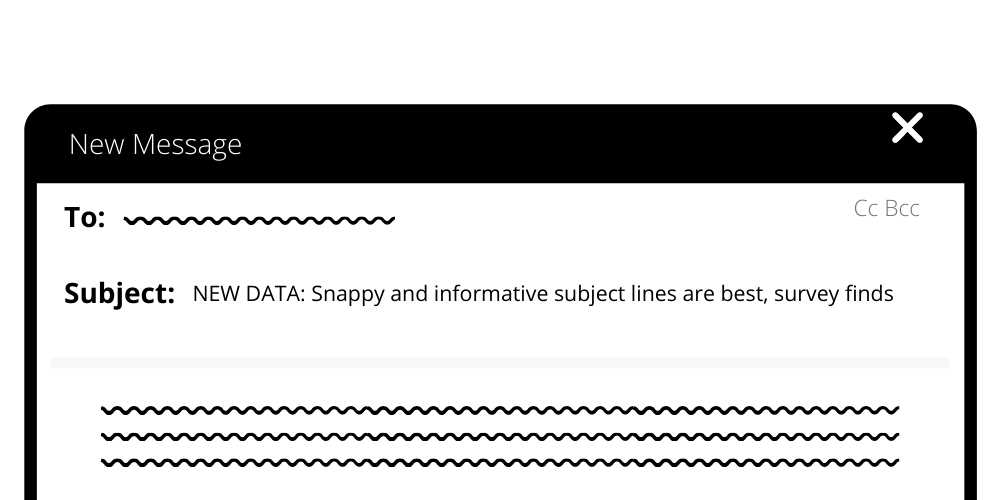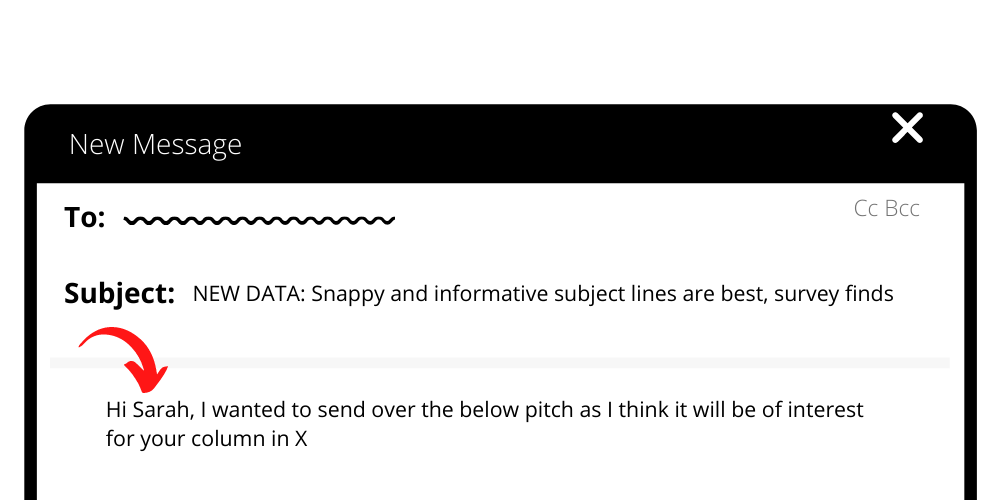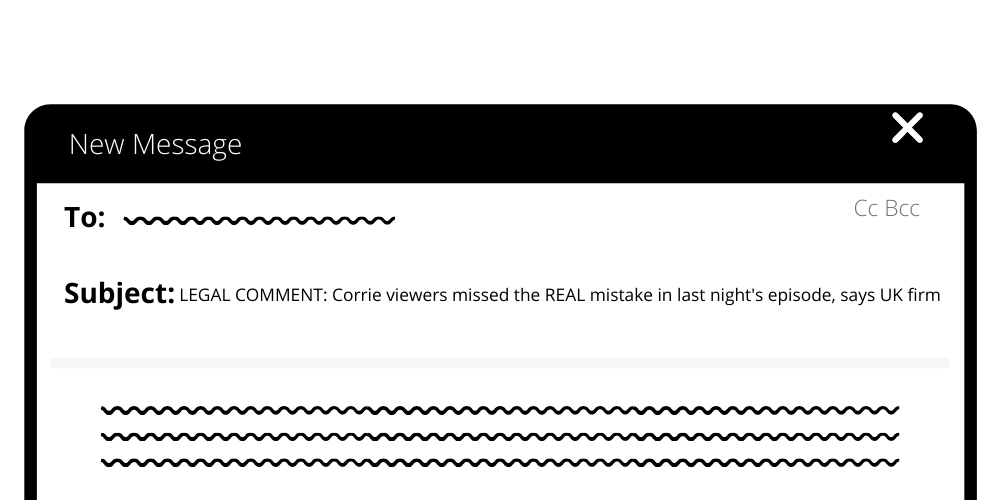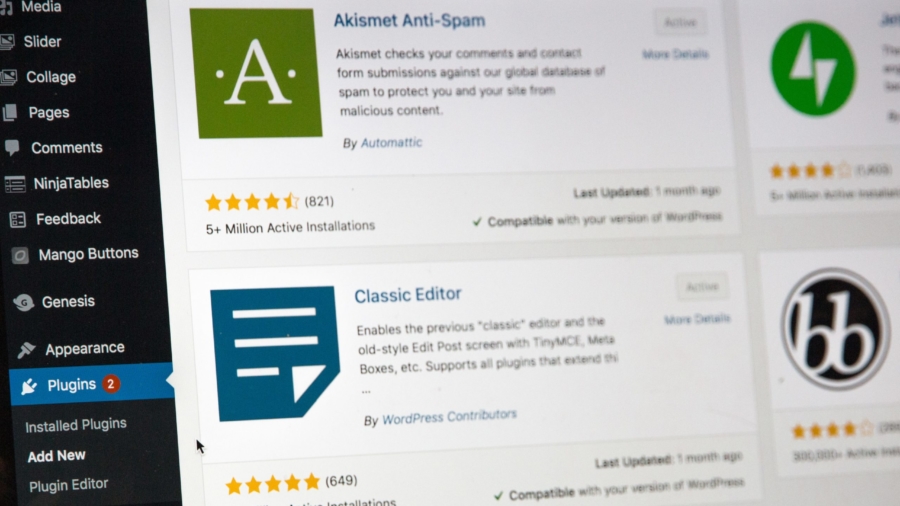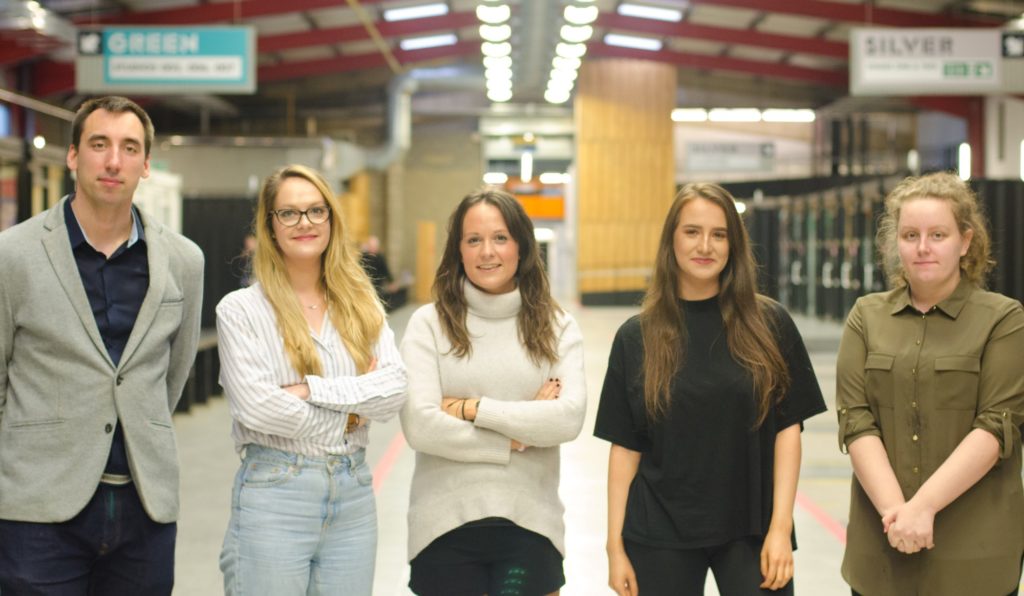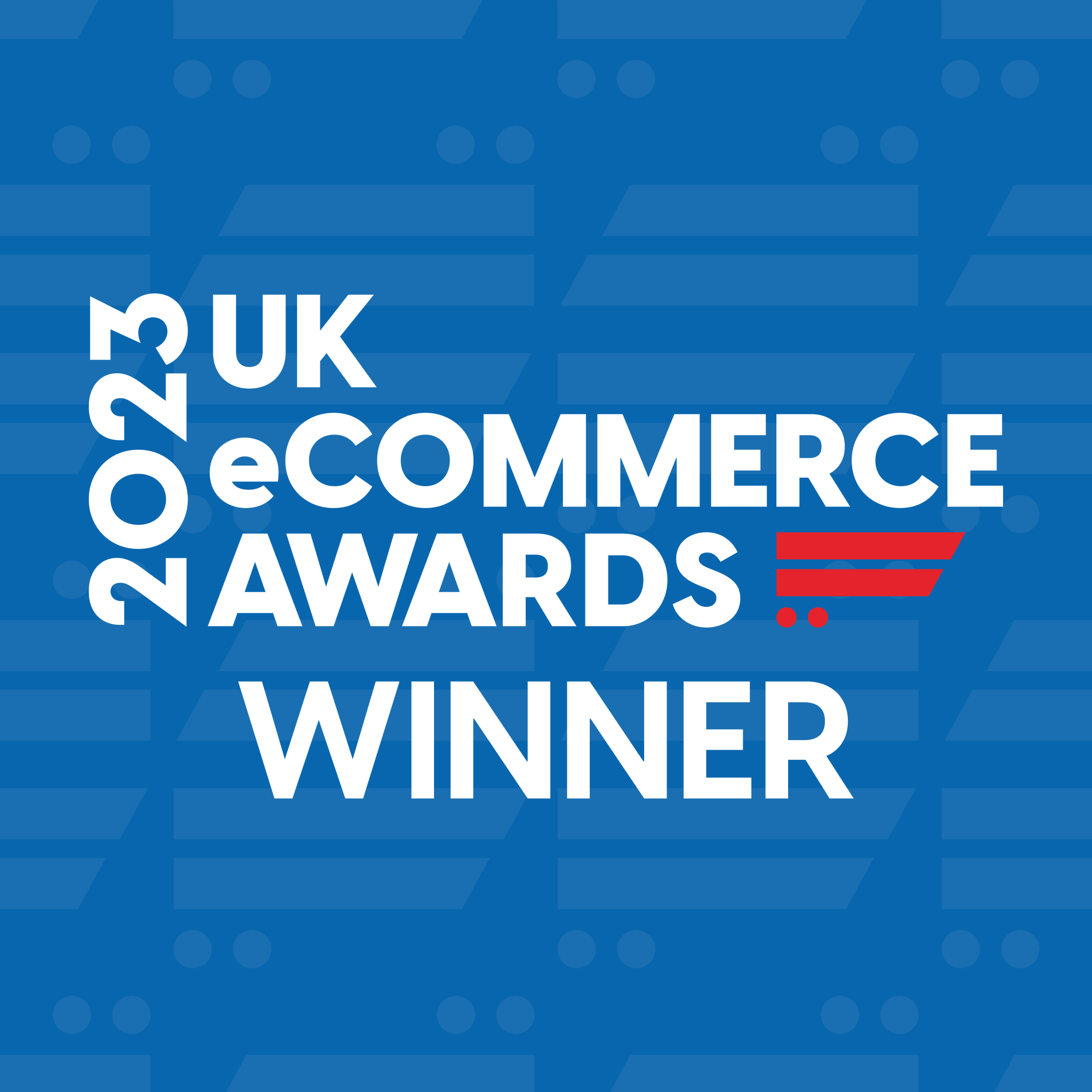Content Executive, Emma Stretton, explains why you need more than just keywords if you want to rank.
SEO is not just keywords
There was a time when you could come up with 57 synonyms for ‘washing machine’ and have your appliance business fly up the SERPs. That was back when search engines were rudimentary at best but, as with everything, when we know better, we do better; and keyword stuffing is just another sorry search engine tale millennials laugh about.
Nowadays, it isn’t enough to shoehorn single keywords into on-page content or write a blog filled with spam links. Not only does Google update their algorithms regularly to weed out such behaviour, but the way we use the internet has changed too.
Organic search and our behaviour
Data from SEO website AHRefs, shows that of the 1.9 billion keywords in the AHrefs database, 92% of them get ten searches per month or less. Which basically means that people aren’t simply searching for the most obvious phrases anymore, they’re talking to search engines like a friend and asking them for very fine tuned, specific information. Think about it, in 2006 when the internet was burgeoning, it was enough that we could look for, and find, ‘shoes’ just by typing into a search bar. Now, with mobile technology, GPRS and a tech savvy generation, we think nothing of asking for ‘size 4 black western boots’ (or whichever shoe style takes your fancy). We can even use voice search to essentially have a conversation with our search engines, and can narrow down our dinner choices as close to home as we want.

Google Updates
Nowadays, it’s more important than ever to make sure the content you provide gives real value to the people looking for it. In 2013, Google ran the ‘Hummingbird update’ which is known as the semantic update. It figured out that when someone searches for something, there could be various meanings behind that search. So, to go back to our earlier example of the shoes, someone searching for ‘black western boots’ could just as well want to know about the history of them as much as wanting to buy a pair. The Hummingbird update allowed for this nuance and started crawling websites not just for the most obvious keywords but for the content that could be closest to what the searcher wanted. Yeah, it blows our minds a bit too.
Several more updates, improved technology and conversational search have now made Google’s processes even tighter. There are roughly 40,000 search queries per second; that’s a lot of people wanting to know a lot of things, and search engines want to return the best results. If you’re creating content for your website, it needs to signal expertise, authority and trust; which means writing for humans and human behaviour, not what you think Google wants to hear.
Think content, not crawling
People want to take in information that genuinely helps them and that they can believe in. They want to be engaged and informed, and not bored. No one wants 15 versions of the same word shouted at them and in a world that thrives on a faster pace, you’ve got to get to the point. We can’t teach you how to write the perfect copy (although we could do it for you), but here’s a few hints and tips we try to live by:
- Remember that content ranks – don’t get caught up in keyword hype. That’s why we wrote this article, to remind you that Google wants quality not quantity.
- Get to the point – Readers tend to skim read content if it’s overfacing. Say what you need to say in as few words as possible. Then reread it and take out some more.
- Think about your E-A-T – Expertise, authority and trust are huge factors for ranking. Make sure your content hits these cornerstones. Basically, don’t just spout a load of nonsense for the sake of making content, because search engines will know.
- Do your research – make sure what you’re actually saying is factually correct, and that the keywords you do use are relevant.
- Do you enjoy reading it? When we’ve finished a piece we go back over it and see if we actually enjoyed reading it. Even the less exciting topics, when well written, should hold your attention.
Often, marketers get bogged down with how to ‘write for search engines’, when really, it’s quite simple; content that serves the user well, serves search engines well. Ultimately, search engines want to give their users the best experience when they use their platform, so if they type in “history of black western boots” and land on your well-researched guide to black western boots, featuring a detailed timeline, pictures, sources and even quotes from cowboys through out history trailblazing the benefits of boots, then the reader has everything they need. And a happy reader = a happy Google. So, focus on content that offers value and Google will do the rest.
Want more SEO tips? Then check out these blogs














